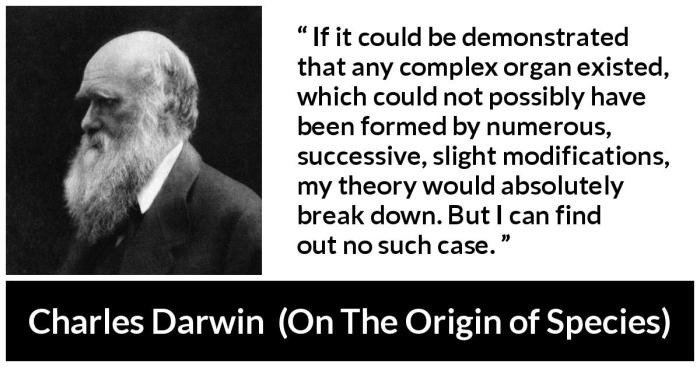The origin of species the making of a theory worksheet – The Origin of Species: The Making of a Theory worksheet is an essential resource for students studying the groundbreaking work of Charles Darwin. This worksheet guides learners through the key concepts of Darwin’s theory of evolution, providing a comprehensive understanding of the process that has shaped the diversity of life on Earth.
Through a series of engaging activities and thought-provoking questions, this worksheet delves into the evidence supporting Darwin’s theory, the process of speciation, and the impact that his work has had on science and society.
Darwin’s Theory of Evolution: The Origin Of Species The Making Of A Theory Worksheet

Charles Darwin’s theory of evolution by natural selection revolutionized our understanding of the diversity of life on Earth. It explains how species change over time through a process of gradual modification driven by natural selection.
Natural selection acts on heritable variations within a population, favoring those traits that enhance an organism’s survival and reproductive success in its environment. Over generations, these advantageous traits become more common, leading to the evolution of new species.
Key Concepts of Darwin’s Theory
- Variation:Individuals within a population exhibit variations in their traits due to genetic differences.
- Inheritance:Traits are passed down from parents to offspring through genetic material.
- Overproduction:Populations tend to produce more offspring than the environment can support.
- Competition:Offspring compete for limited resources such as food, shelter, and mates.
- Natural Selection:Individuals with traits that make them better adapted to their environment are more likely to survive and reproduce, passing on their advantageous traits to future generations.
Examples of Natural Selection
- Peppered moths:During the Industrial Revolution, pollution darkened tree trunks, making light-colored moths more visible to predators. As a result, dark-colored moths became more common.
- Antibiotic resistance in bacteria:When bacteria are exposed to antibiotics, some individuals may have mutations that make them resistant to the drugs. These resistant bacteria survive and reproduce, passing on their resistance genes.
- Darwin’s finches:On the Galapagos Islands, different species of finches evolved from a common ancestor, each with beaks adapted to specific food sources found on different islands.
Evidence for Darwin’s Theory, The origin of species the making of a theory worksheet
- Fossil record:Fossils show a progression of changes in species over time, supporting the idea of evolution.
- Comparative anatomy:Homologous structures in different species suggest a common ancestor.
- Embryology:The embryos of different species often resemble each other, indicating shared ancestry.
- Molecular biology:DNA and protein sequences show similarities between species, providing evidence for common descent.
- Direct observation:Scientists have observed evolution in action, such as the evolution of antibiotic resistance in bacteria.
FAQ Compilation
What are the key concepts of Darwin’s theory of evolution?
Darwin’s theory of evolution is based on the principles of natural selection, common descent, and gradual change. Natural selection occurs when individuals with advantageous traits are more likely to survive and reproduce, passing on their traits to future generations. Common descent refers to the idea that all living organisms share a common ancestor, and gradual change suggests that evolutionary changes occur over long periods of time.
How has natural selection shaped the evolution of different species?
Natural selection has played a crucial role in shaping the evolution of different species. For example, in the case of antibiotic resistance in bacteria, bacteria with genetic mutations that provide resistance to antibiotics are more likely to survive and reproduce, passing on their resistance genes to future generations.
Over time, this can lead to the development of antibiotic-resistant strains of bacteria.
What is the evidence that supports Darwin’s theory of evolution?
There is a vast amount of evidence that supports Darwin’s theory of evolution, including fossil evidence, comparative anatomy, molecular biology, and biogeography. Fossil evidence shows that organisms have changed over time, and comparative anatomy reveals similarities in the structures of different species, suggesting a common ancestry.
Molecular biology provides evidence of genetic relatedness among species, and biogeography shows how the distribution of species around the world can be explained by evolutionary processes.



